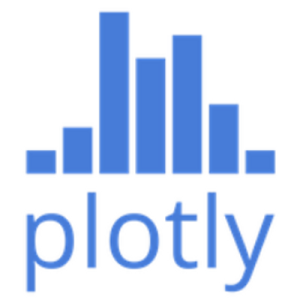In my experience, I primarily work with R when using Plotly. However, I understand that the integration of Plotly with Python is also excellent. I'm working with a sales and marketing consultancy that has operated for 20-30 years. They are transitioning to incorporating machine learning, AI, and statistical analysis into their traditional methods. The consultancy primarily works with B2B companies, recognizing that B2B firms with a limited pool of potential customers tend to be less engaged in social media than B2C companies. The focus is on platforms like LinkedIn, Facebook, and Instagram while acknowledging that TikTok is not considered valuable for their analysis. The consultancy actively uses large language models to analyze various aspects, such as social media engagement, and assess how companies present themselves. In statistical and analytical terms, we aim to create impactful analyses for our clients. The approach involves comparing the target company with four to six similar companies, keeping the identity of these competitors confidential. Our goal is to assist clients in understanding their position in the market and provide tailored insights using modern tools. The focus is on identifying areas of weakness and highlighting strengths to refine sales and marketing efforts. To make this process effective, we utilize Plotly, as they offer impactful presentations. Building databases of company data and conducting analyses on various aspects like websites, social media, and other marketing presentations, we present comparative analyses of how a particular company stacks up against its competitors. I rate the overall product a seven out of ten.




